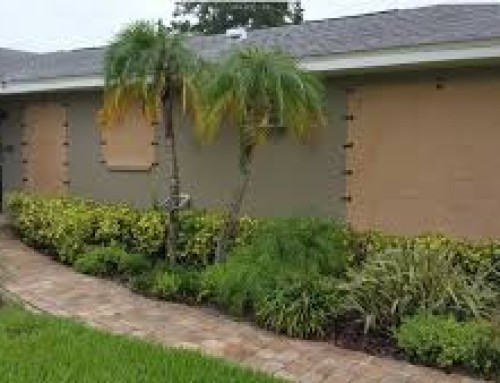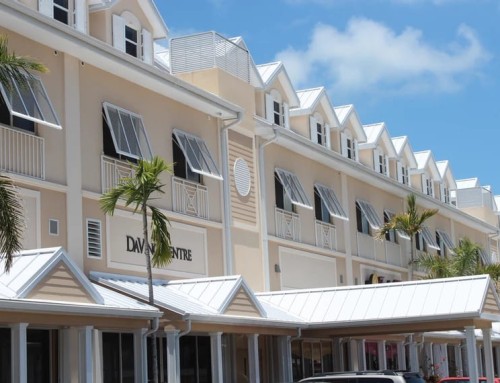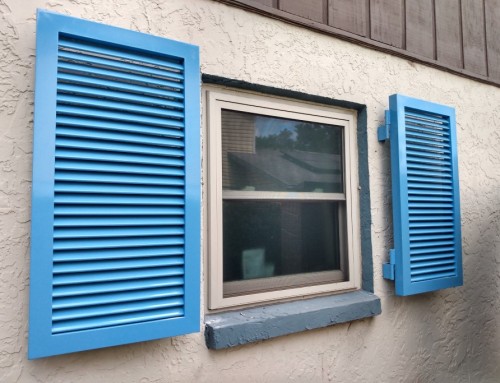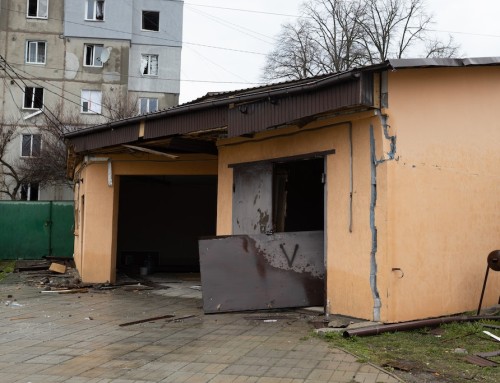Hurricanes are one of the most violent natural disasters that consistently hit areas of the United States. These massive storms can transport millions of gallons of water and bring with it winds strong enough to shatter windows knock over trees. To better understand how hurricanes function and how to protect your property best, you should be familiar with specific terminologies such as wind shear and more.
Before the Storm
Before the eye of the hurricane reaches land, also known as landfall, you will have prior warning through hurricane watch or hurricane warning advisories. Areas may also become evacuation zones meaning that the government is recommending individuals leave the area. However, most people do not have the comfort or time to pack and move. Particularly because storms can form and grow rapidly.
Another term you should familiarize yourself with is wind shear. The term refers to how wind streams around a hurricane can tilt and strengthen due to the spin of the storm. Before the storm even reaches land, areas can experience bursts of high-speed winds that can damage property.
Hurricane Formation
Barometric pressure is a common term that often comes up when discussing the formation of hurricanes. While not a perfect science, meteorologists have known for centuries that changes in atmospheric pressure coincide with poor weather. Areas of low barometric pressure, particular over warm waters, cause evaporating water to rapidly cool and quickly form into clouds.
Hurricane Impact and Ratings
While landfall may sound like a dangerous term, areas that suffer the most damage only need to be hit by the eyewall. The eyewall is the area surrounding the eye that holds all the fast-moving wind while the eye is relatively calm. When a storm makes landfall, it begins to lose a lot of its strength. Therefore, when only the eyewall hits an area, it is known as a direct hit and the storm can be unforgiving. Areas that suffer a direct hit get the full force of the winds without the fast slowing effect that occurs with landfall.
However, landfall does not mean the storm will be weak or less damaging. Surrounding the eye is the eye-wall. While the radius is small compared to the entire hurricane, it houses the strongest and most damaging winds.
Lastly, you should familiarize yourself with the differing categories. The higher the category, the faster the sustained winds. Categories 1 and 2 range between 74-95 mph and 96-110 mph, respectively. Category 3 hurricanes and higher are more severe and can result in significant damage and loss of life. The ranges for these storms starting for categories 3 to 5 are:
- 111 – 129 mph for category 3
- 130 – 156 mph for category 4
- Anything above 156 mph for category 5
Colonial Hurricane Shutters Will Get You Through The Storm
Colonial shutters are crafted from extremely durable aluminum. They’re impact resistant so any flying debris that the storm brings won’t damage your windows. Permanently bolted into your windows, you won’t have to stress as much about storm preparation.
Additionally, you only need one person to close the shutters so if you’re alone for a storm there’s no need to panic. Shutters also require very little maintenance so you won’t have to spend all of your free time trying to keep them clean. Bahama shutters are also a popular form of hurricane protection.
Protect Your Home with West Shore Construction Today
Even lower category hurricanes can turn small debris into dangerous projectiles. If you are looking to protect your home, then installing hurricane-proof shutters can provide a simple and effective solution. At West Shore Construction, we provide you with the professional hurricane protection equipment and services you need to buffer storms. Buyers can invest in high-quality shutters, affordable hurricane fabric, and additional services to improve their home. You can contact us online or call (727) 488-8182 today to learn more. Or even Check us out on Facebook







